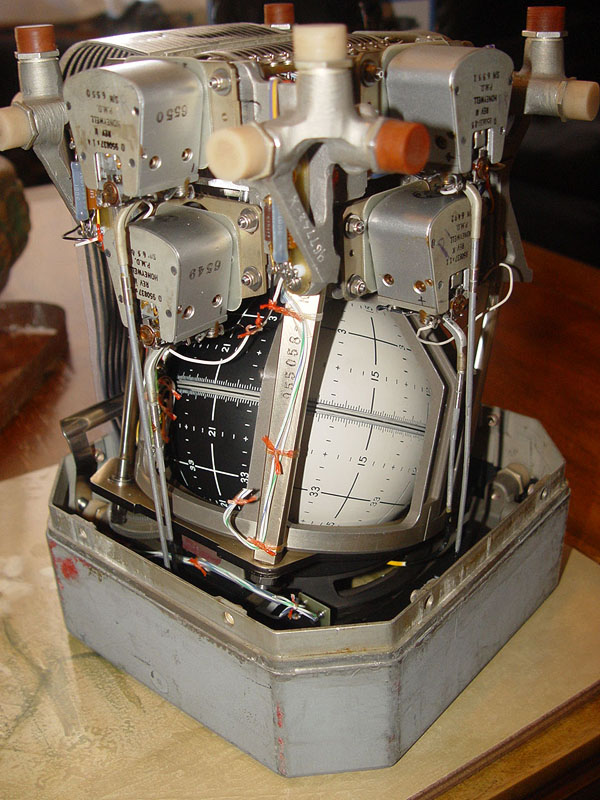Unveiling the Secrets of Lunar Module’s RCS Components
Welcome back, space enthusiasts! In this week’s blog post, we’re taking a fascinating dive into the components of the Reaction Control System (RCS) that played a critical role in guiding and stabilizing the lunar module during its descent and ascent to the moon. But that’s not all; we have some exciting news about our Black Friday special and an exclusive treat for our Patreon members. So, let’s get started on the Lunar Module’s RCS Components!

The Marvel of the RCS
At the heart of the lunar module’s maneuvering capabilities were 16 small but mighty rockets known as Thrust Chamber Assemblies (TCAs). These rockets were strategically positioned to provide control over the module’s movement in the X, Y, and Z axes. What’s remarkable is that these TCAs operated much like the main propulsion system but on a smaller scale. In fact, they were so similar that, in case of need, the RCS could tap into the fuel from the ascent engine, providing redundancy and safety during the mission.
Unlocking the Control
One crucial component that deserves attention this week is the Lunar Module Guidance Computer Thruster Pair Quad Command Quad Switches (quite a mouthful, right?). Astronauts affectionately referred to them as the LGC Thrust Pair Command Quads. These switches held significant power, controlling signals to and from the Lunar Module Guidance Computer, telemetry data, and the caution and warning talkback systems. They were the nerve center for ensuring that Neil Armstrong and his fellow astronauts stayed safe on their historic lunar journey.
Join the Cosmic Adventure
Thank you for joining us on this journey through the inner workings of space technology. The Reaction Control System and the Lunar Module’s incredible components continue to inspire and intrigue us. Stay tuned for more exciting space exploration content. We appreciate your support in watching this video. If you enjoyed it, please like, subscribe, and share. Every click, every share, every subscription propels us further into the unknown.
And for those who want to take their support a step further, consider visiting our Patreon page through this link Spacecraft Interactive Virtual Museum | creating Interactive Virtual Museum Exhibits | Patreon 🚀🌕 #SpaceTech #BlackFriday #Apollo11










